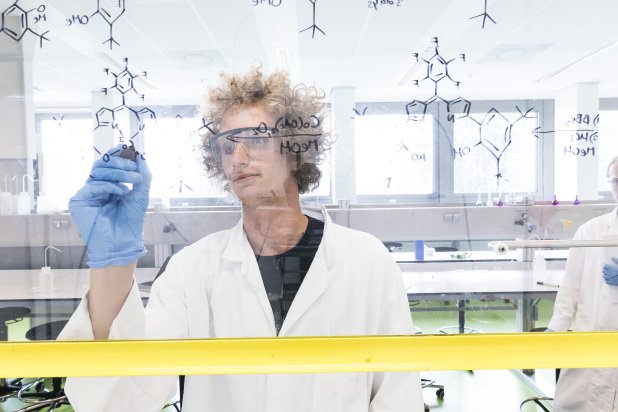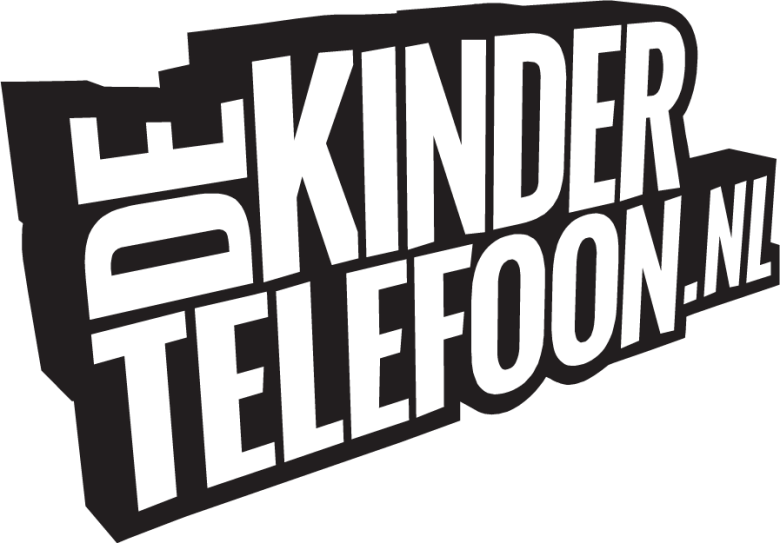Chapter 1.
After WW1 economy was completely disrupted. Germany was divided into four zones of occupation. And the intention was that it should never again become a country of any real significance.
Eastern Europe. Controlled by the Soviet Union => Communism.
Europe
Western Europe. Every country is a democracy, working together.
The line between Eastern and Western Europe is the Iron Curtain.
The European federalists developed plans for a United Europe (a federation of the European countries) with a supranational government (above the governments of the existing nations). Some of their ideas were adopted by Jean Monnet and Robert Schuman.
By 1947 the reconstruction of Europe hadn’t made much progress. The American George Marshall (= Minister of Foreign Affaires = Secretary of State) set up Marshall Aid. He donated loads of dollars to Europe. He did this:
- because of generosity
- to boost the world economy
But he did want something back for it:
- European countries should work together
- 16 European countries had to co-operate in the OEEC (= Organisation for European Economic Co-operation)
Partly because of this Marshall Aid the situation in Europe improved rapidly.
In 1949 in Den Haag the Council of Europe was set up. They understood co-operation was necessary, but no-one was willing to give up their national independence.
The USA decided to join the three German zones under Western occupation together so that (West) Germany would be a viable nation again. This was because the USA now felt more threatened by the Soviet Union than by Germany.
In 1949 the Federal Republic of Germany was established and Adenauer became the first Chancellor. The Soviet Union called its part German Democratic Republic (=GDR). In 1961 the Berlin Wall was built.
In 1950 the Schuman Plan proposed the formation of a Coal and Steel Community. In 1952 a supranational body, called the High Authority, was established. The aim was a completely free trade in coal and steel between the Member States.
The countries became independent of each other for the heavy industry, so that it became impossible to wage war on each other. The Schuman declaration in 1950 gave three important reasons for co-operation:
- preservation of peace
- fast growth of prosperity
- greater European influence in the world
Because of the ECSC German Industry wouldn’t surpass that of France. Adenauer didn’t complain because in this way the economy in Germany recovered. Also Italy (to regain respect), Belgium and Luxembourg (rich in steelworks) and the Netherlands (were forced to give up Indonesia) wanted to join. Britain didn’t.
To make German rearmament acceptable to French public opinion the six members of the ECSC created the EDC (European Defence Community) and the EPC (European Political Community) as a strong bloc against the Soviet Union. Britain again didn’t join!
France dropped out and the USA was furious. Germany began to set up an army without Europe.
In 1949 NATO (= North Atlantic Treaty Organisation) was founded as a defence against the Soviet Union. Many countries over the world joined, but the USA had too much influence.
Western Europe set up WEU (Western European Union) which had little actual significance compared to the NATO.
Chapter 2.
In 1945 it became clear the role of coal, so the ECSC, was over. The Dutch John Willem Beyen set up the EEC (European Economic Community). A customs union is that the member states form one large free trade zone; it has one fixed tariff of import duties for all non-member states. The Belgium Paul Henri Spaak supported and promoted hi plan. They tried hard to get Britain to join. But Britain mad e a huge mistake, they said no. The EEC was very successful; every member state’s market was expanded enormously.
Euratom (= European Community for Nuclear Energy) was set up because it was thought that nuclear energy would replace all other energy sources (coal).
Treaty of Rome (1957) established the EEC and Euratom. In the EEC a compromise was reached between supranationality and intergovernmental co-operation. This involved the establishment of the European Community in Brussels. Decisions were made by the Council of Ministers.
In 1960 Britain made an other wrong decision by making a free trade agreement with six small European countries, the EFTA (= European Free Trade Association).
In 1967 the EEC, ECSC and Euratom together became the EC (European Community) or Common Market.
In 1969 the French president De Gaulle resigned because he thought Britain wasn’t enough ‘European minded’ and had too much ‘American connection’. But George Pompidou did want Britain to join. In 1973 Britain (and Denmark) entered the EC. In 1981 Greece joined (they returned to a democracy).
Chapter 3.
Among the major European companies, irritation about the lack of a truly European market increased.
The French Jacques Delors became president of the EC in 1985. He wanted:
- by 1992 one real common market should be established
- the right of veto was abolished
- the European Parliament had to get more influence
In 1986 Spain and Portugal wholeheartedly joined.
ECU (= European Currency Unit) was widely used for trade, but wasn’t a real currency. Mitterrand, president of France saw the Euro as a way to keep Germany in the Community system for ever and give France a say in German monetary policy.
By the end of 1991 the Soviet Union had broken up into 15 separate independent states.
Amsterdam Treaty (1997) made the Union more effective and democratic.
In 1995 Sweden, Finland and Austria join.
Treaty of Nice (2000) majority voting extended to new areas. (see table p. 53!)
Chapter 4.
European Union does not have a super-government placed above all the Member States. The power is divided between:
- European Commission (supranational)
- Council of Ministers (intergovernmental)
- European Parliament (supranational)
The institutions of the EU are like the ones of the former Dutch Republic. The USA doesn’t approve this system.
Each country, large or small, has the right of veto. This means no small country is overruled, but also that decision making is very difficult. Total abolition of the right of veto has failed because various countries have vetoed it. (Haha! :D)
(See table p. 65!)
Council???!!!!
- The Council of Europe has nothing to do with the European Union. It is a loose co-operation founded in 1949. Nearly all European countries are members.
- The Council of Ministers = the Council of the European Union = the Council
- The European Council (= ‘The Summit’) is special Council of Ministers => Council of Prime Ministers.
The European Union has NO president! The chairman of the European Commission is called the President of the European Commission, appointed by the European Council. But he isn’t the president of Europe!!!
Each Member State appoints a Commissioner for the European Commission. The European Parliament can’t dismiss one Commissioner, but it can dismiss the whole Commission.
The bigger the country, the more members of Parliament (Elected by its citizens).
The European Court handles disputes between Member States.
The European Central Bank guarantees the value of the Euro etc.
The head of government (European Council) are: all the Prime Ministers and the Presidents of France and Finland.
Democracy is achieved within the European Union through the parliaments of the Member States, which are able to influence European matters through the right of veto. Countries that are in favour of veto are against increasing the power of the European Parliament.
In theory the system within the EU is a completely democratic system, but in reality it is a complicated form of democracy. The European Parliament is democratically elected. In practise the direct influence of the Members of Parliament is less than we would expect in a modern democracy.
Background chapter 4.
Media in Britain and the Netherlands doesn’t really pay a lot of attention to the European Parliament. This lack of interest has two causes:
- everyone in the world is especially interested in their own environment, their own country (European TV-channels hardly play any role and the only European newspaper went broke)
- the media takes no account of the changes in Europe. So many people don’t know what’s happening.
The number of votes assigned to each Member State is related to the number of inhabitants, put in real life that isn’t true. (e.g. the 7 smallest countries (together 12 million inhabitants) have one vote more than Germany (81 million inhabitants)).
A proposal will be accepted provided:
- 255 (of the 345, so more than 70%) votes in the Council of Ministers are in favour
- AND it is approved by a majority of the Member States
- AND the majority represents at least 62% of the total population of the Union.
The number of seats for the European Parliament for each country is better balanced than the number of votes.
This kind of ‘Qualified Majority Voting’ is unique in the world. E.g. in the USA the system is much simpler.
NOTES!!!
In the Netherlands:
Cabinet: - proposes laws
- puts policy in practice
Parliament - checks government
- has to approve all legislation
(- can send cabinet away)
In Europe:
1. European Council: meeting of prime-ministers of all member countries
Council of Ministers: meeting of all ministers of e.g. agriculture
Role: approve all new laws
2. European Commission (17 Commissioners): - proposes new laws
- puts policy in practice (executive power)
3. European Parliament - gives opinions about new laws. If Parliament rejects a law, the Council of Ministers must be unanimous in its acceptance of this law.
- has to approve new members of European Council
- can send whole Commission away, not one Commissioner







 Bij wie kan jij terecht met vragen over jouw lichaam en seksualiteit?
Bij wie kan jij terecht met vragen over jouw lichaam en seksualiteit?
REACTIES
1 seconde geleden